Romania is a land of contrasts with rolling hills, dense forests and grand palaces. Its UNESCO World Heritage Sites reflect this diversity, spanning medieval towns, fortified churches, grand castles, and untouched natural landscapes. Each site offers a window into Romania’s history, culture, and natural beauty.
Romania’s UNESCO World Heritage Sites
1. Danube Delta (1991, natural)
One of Europe’s largest wetlands, the Danube Delta is a haven for birdwatchers and nature lovers. Its marshes, lakes, and channels host hundreds of species of birds and fish in an unspoiled landscape.
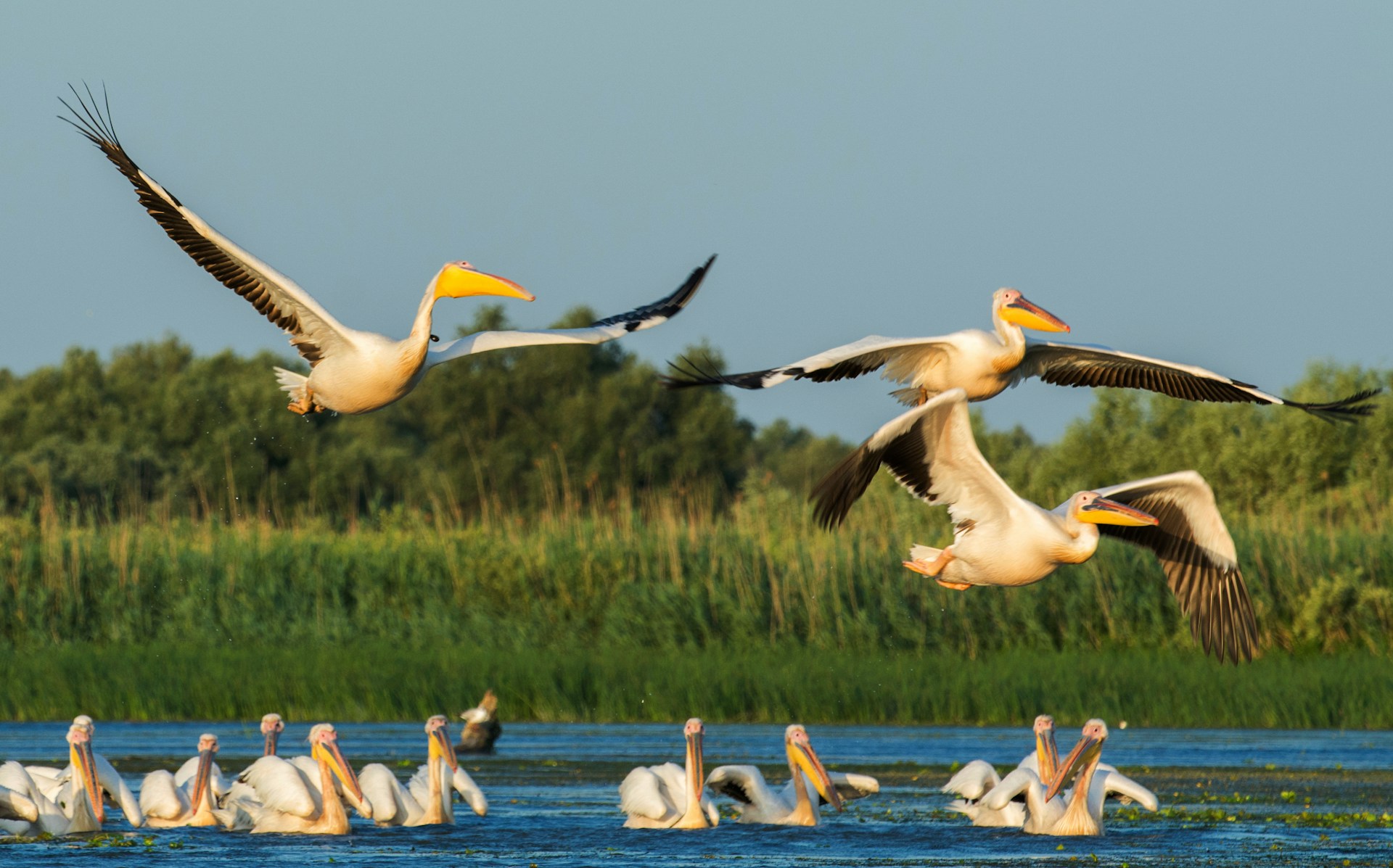
2. Monastery of Horezu (1993, cultural)
Famous for its distinctive Brâncovenesc architectural style, Horezu Monastery is renowned for intricate frescoes, carved stone, and its role as a cultural and spiritual center.
3. Villages with Fortified Churches in Transylvania (1993, cultural)
A collection of Saxon villages featuring fortified churches and defensive walls. They highlight rural life and medieval architecture, scattered across Brasov, Sibiu, and Mures counties.
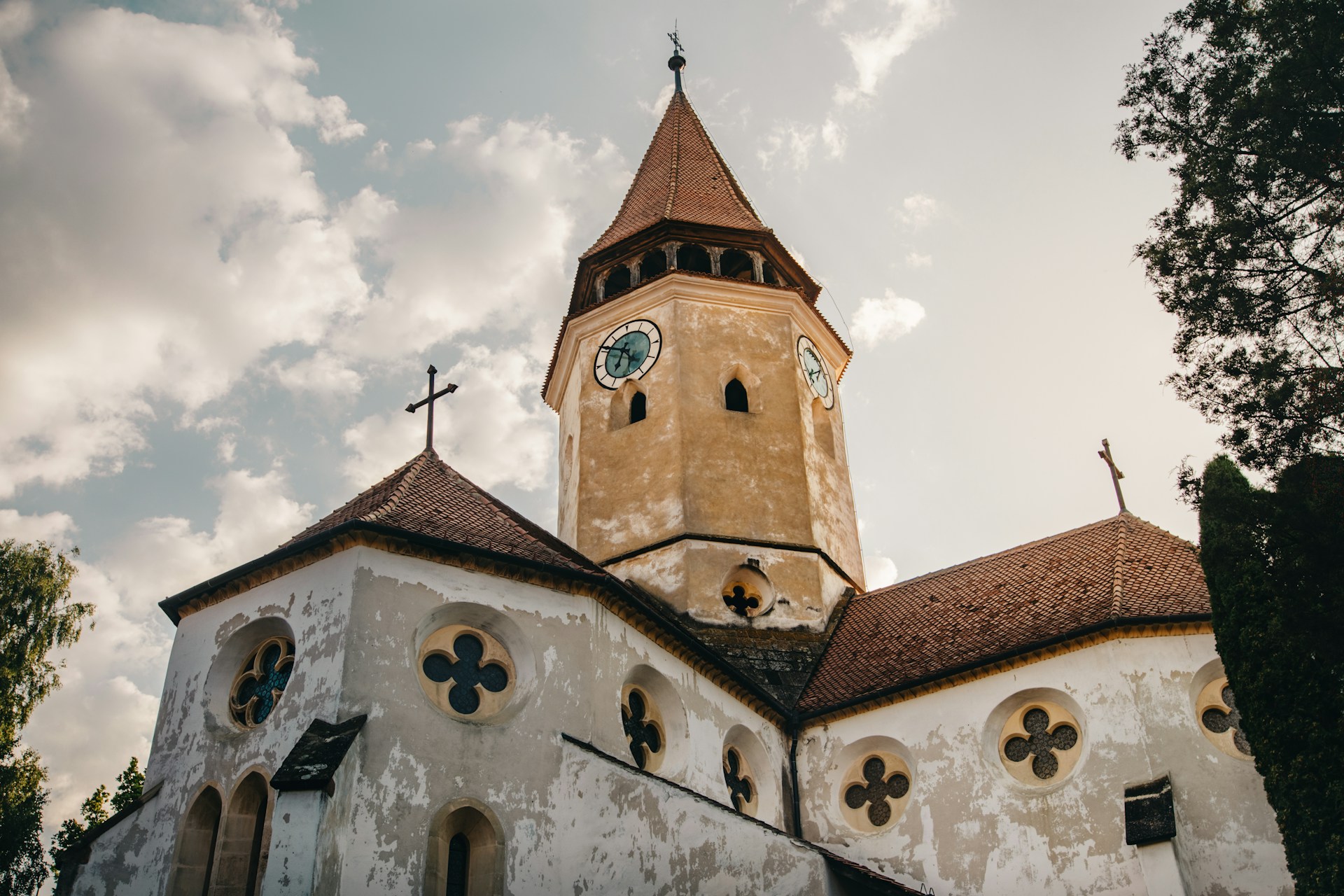
4. Wooden Churches of Maramures (1999, cultural)
Tall wooden churches built entirely of timber, with steep roofs and intricate interiors. These churches reflect the local craftsmanship and religious traditions of northern Romania.
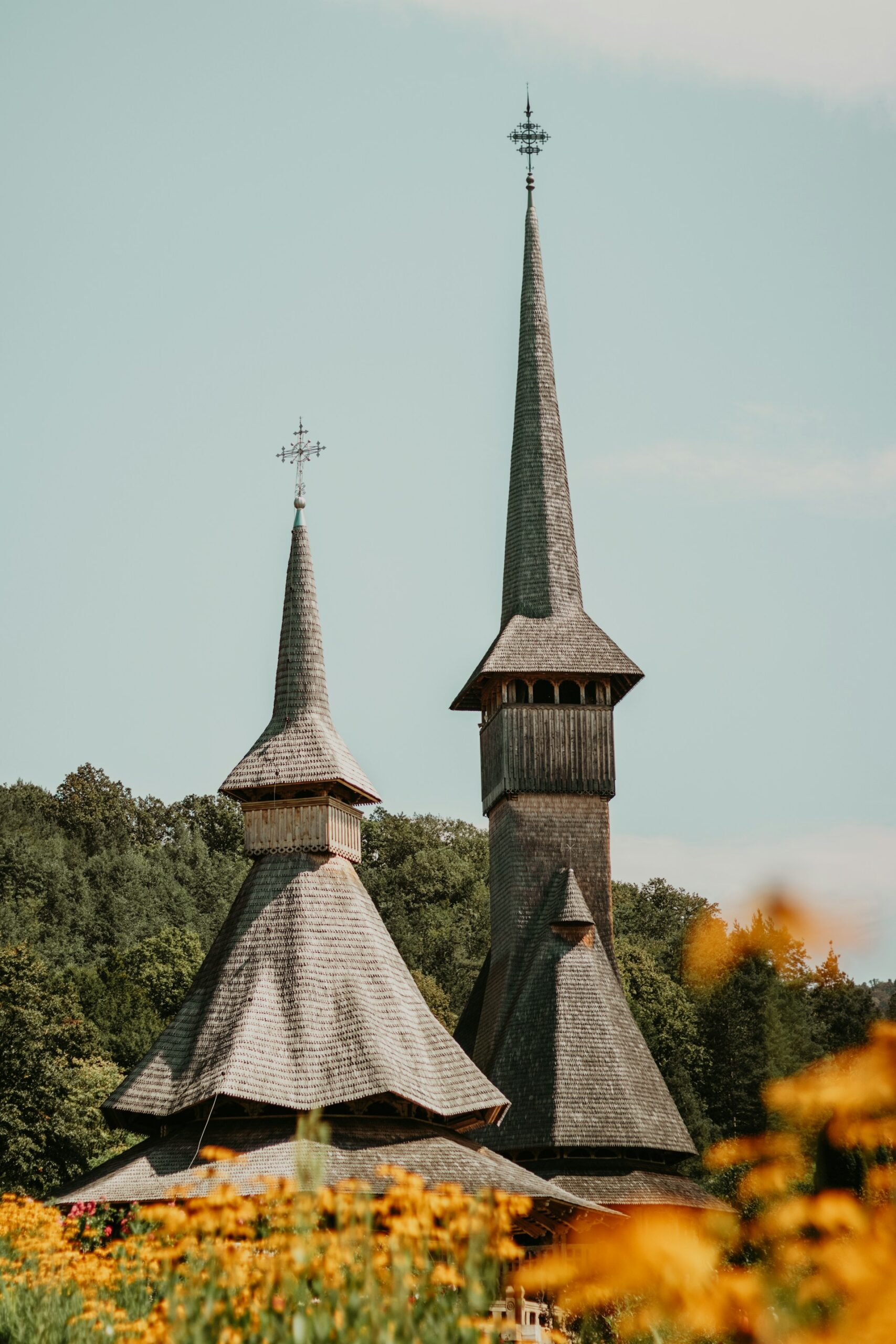
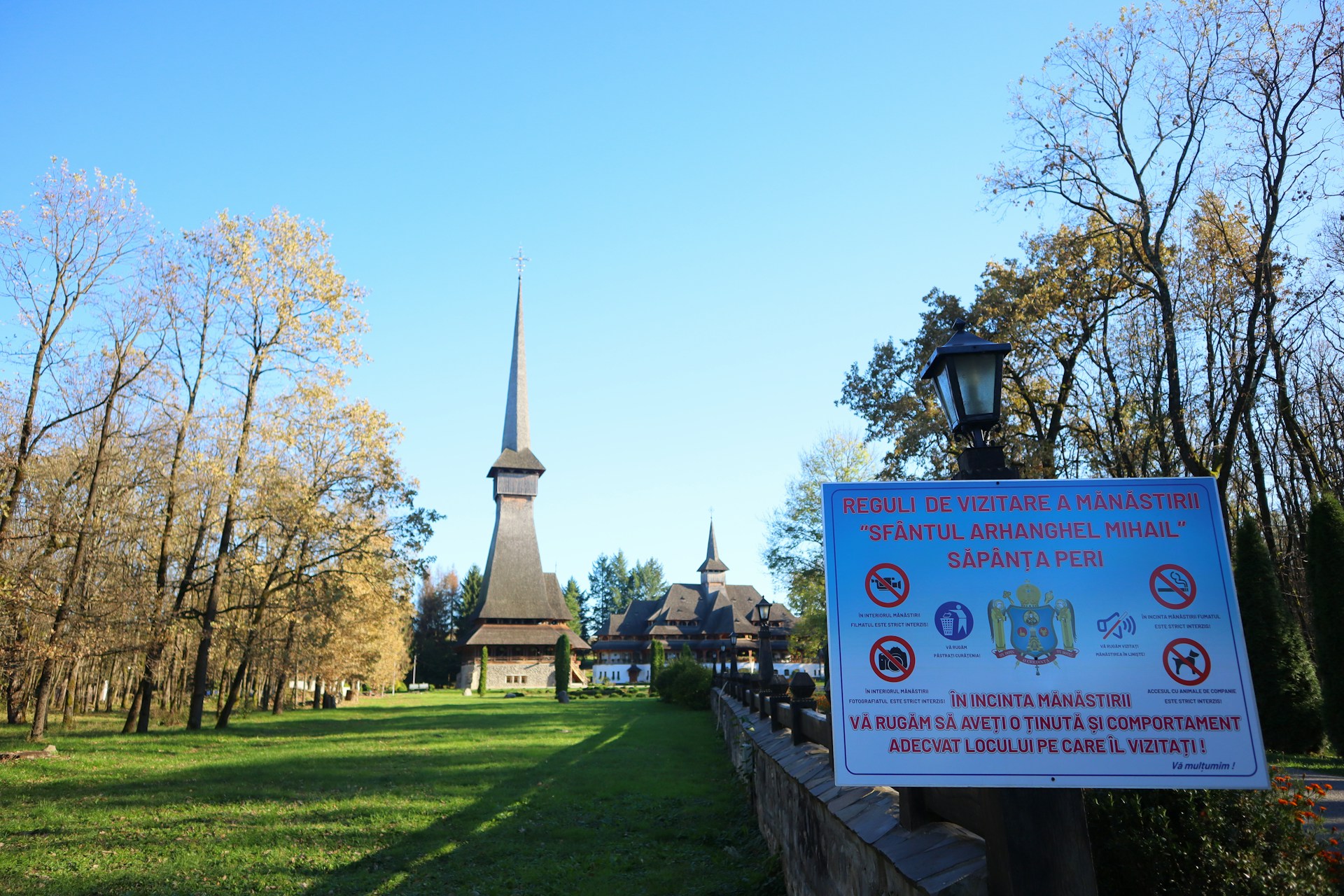
5. Historic Centre of Sighisoara (1999, cultural)
A perfectly preserved medieval citadel, Sighisoara is the birthplace of Vlad the Impaler and offers cobbled streets, colourful houses, and defensive towers.
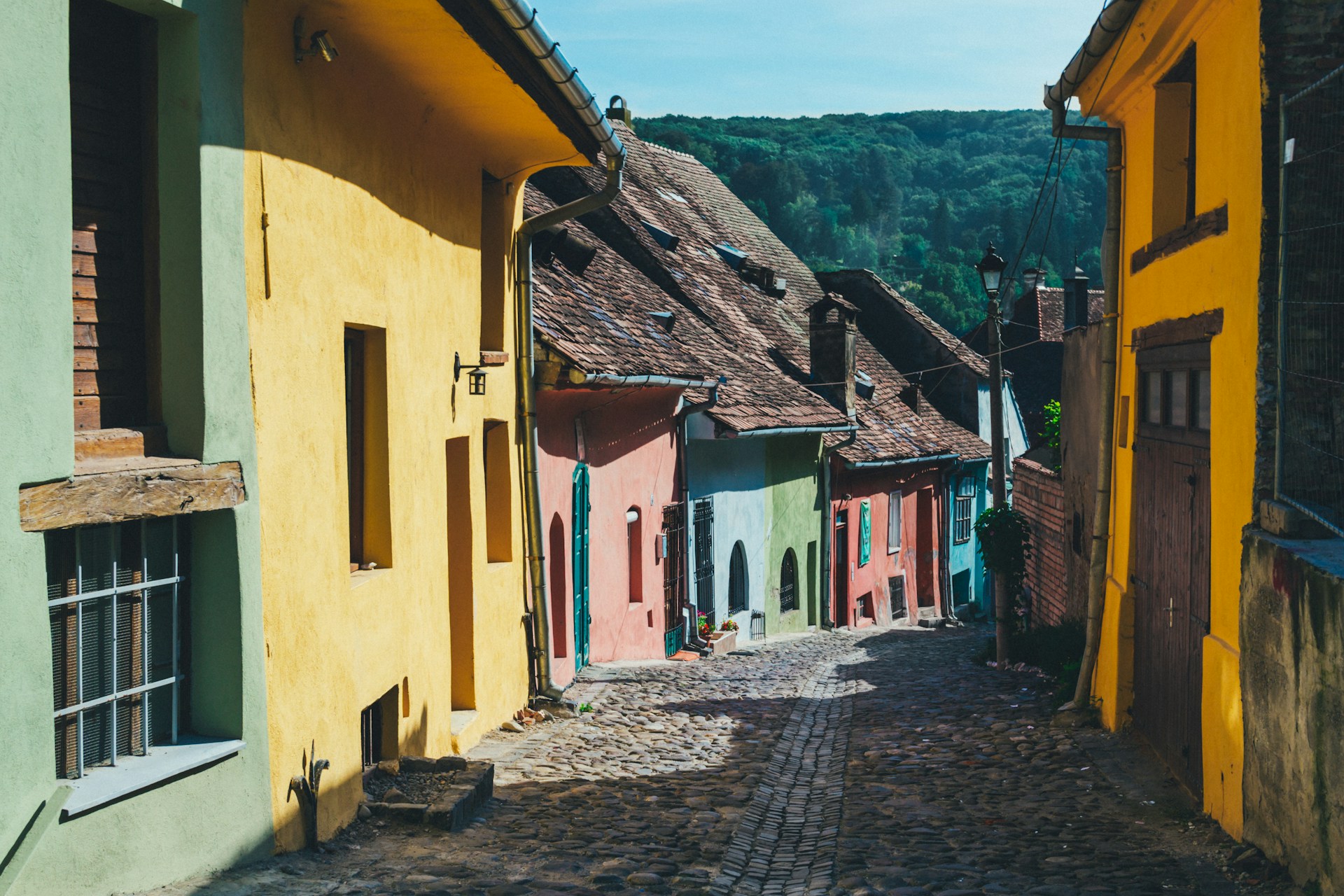
6. Churches of Moldavia (1993, cultural)
Painted monasteries such as Voronet, Sucevita, and Humor, known for their vivid exterior frescoes depicting biblical scenes and local traditions.
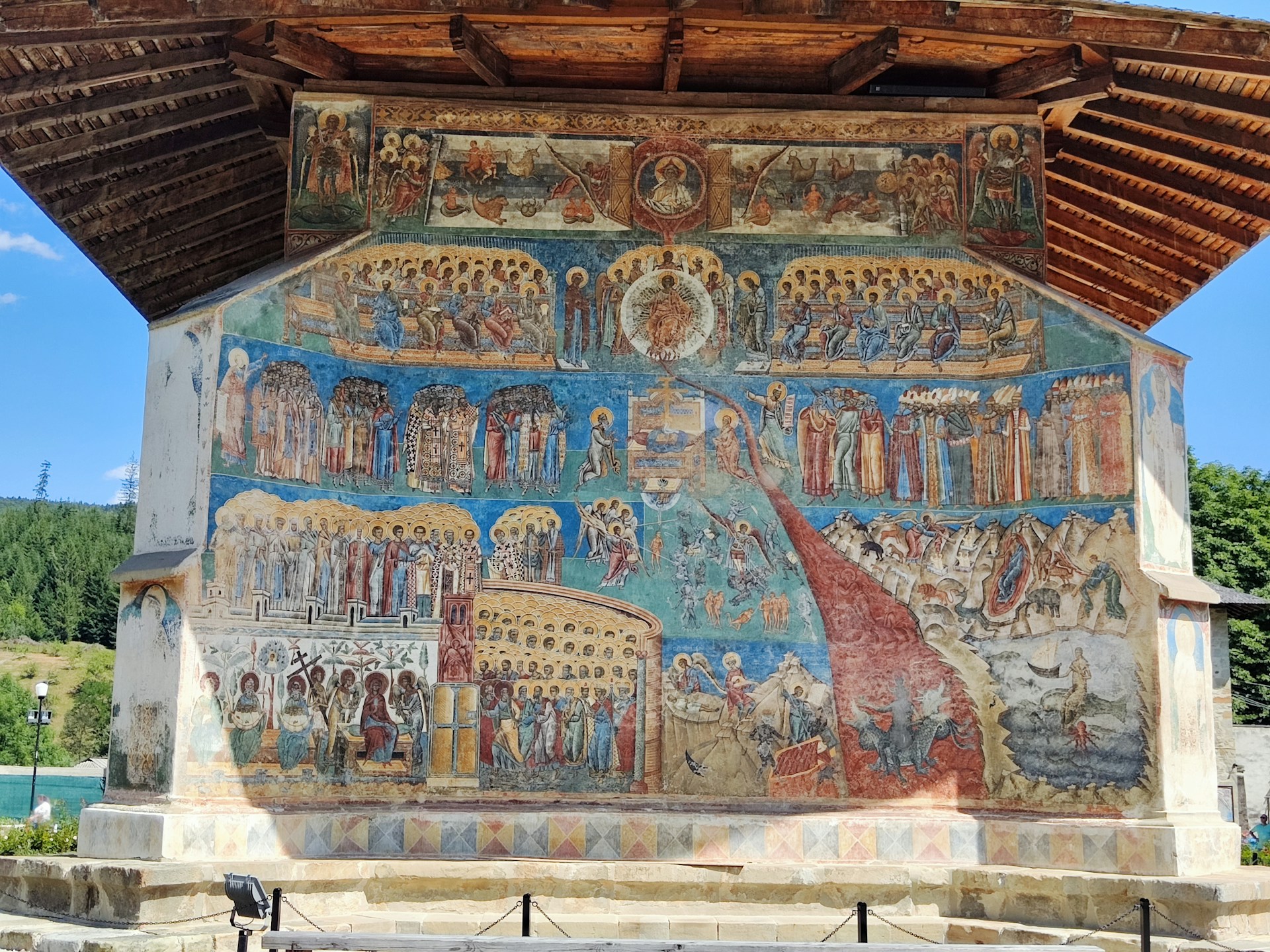
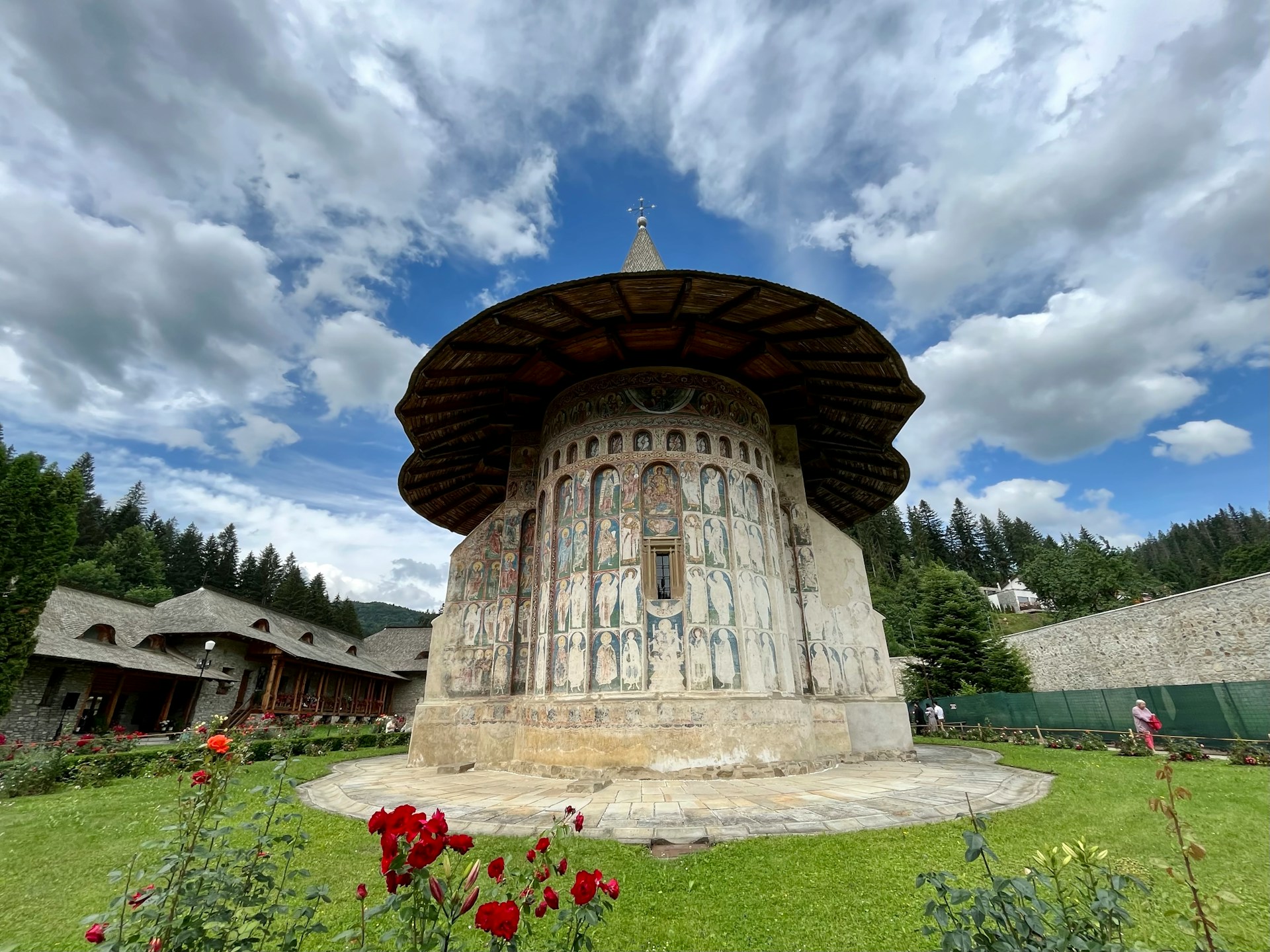
7. Dacian Fortresses of the Orastie Mountains (1999, cultural)
A network of six fortresses built by the Dacians in the 1st century BC, showcasing early defensive architecture and the Dacian civilization before the Roman conquest.
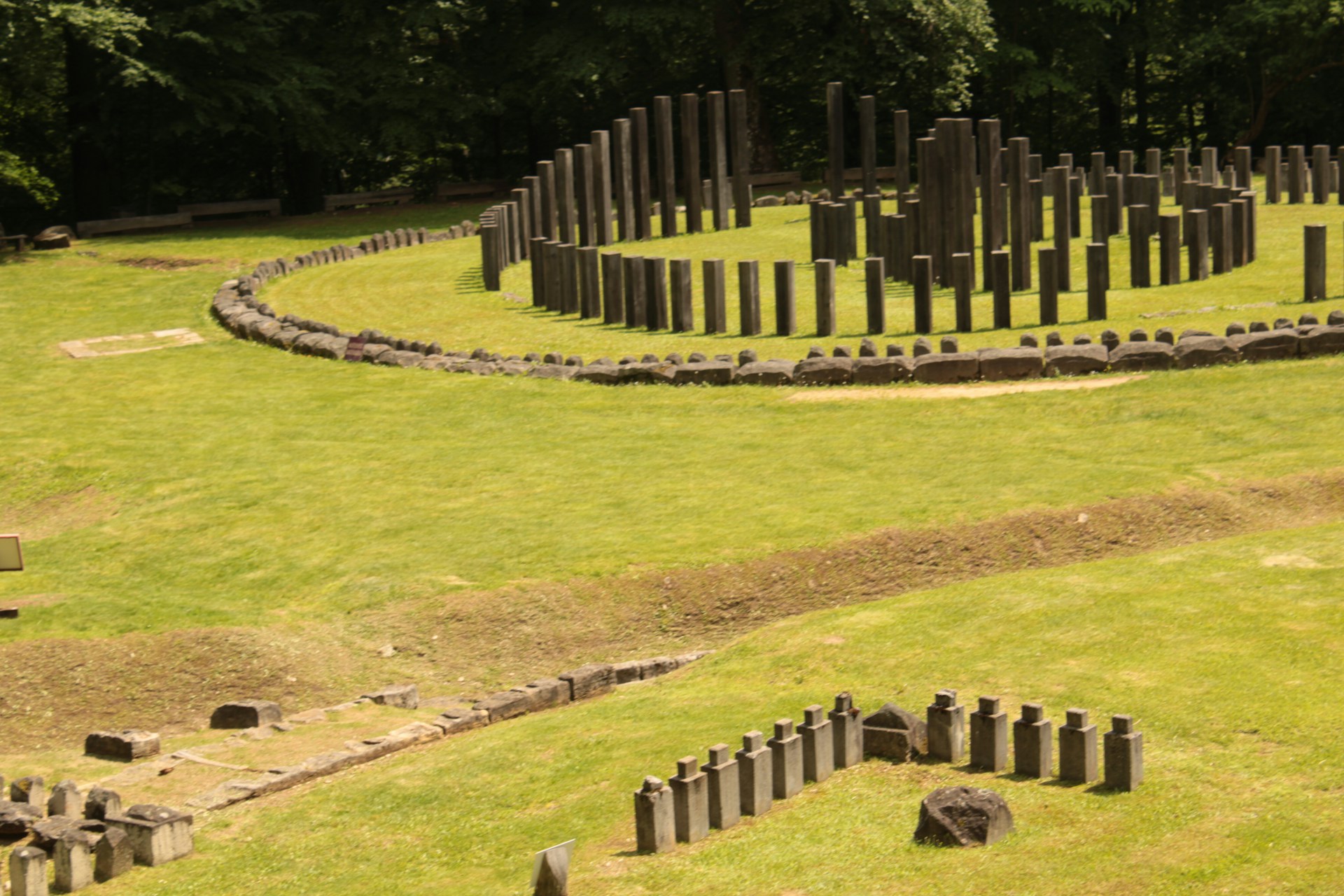
8. Primeval Beech Forests of the Carpathians and Other Regions of Europe (2017, natural)
Romania contributes several protected beech forests in the Carpathians, preserving ancient woodland ecosystems and biodiversity.
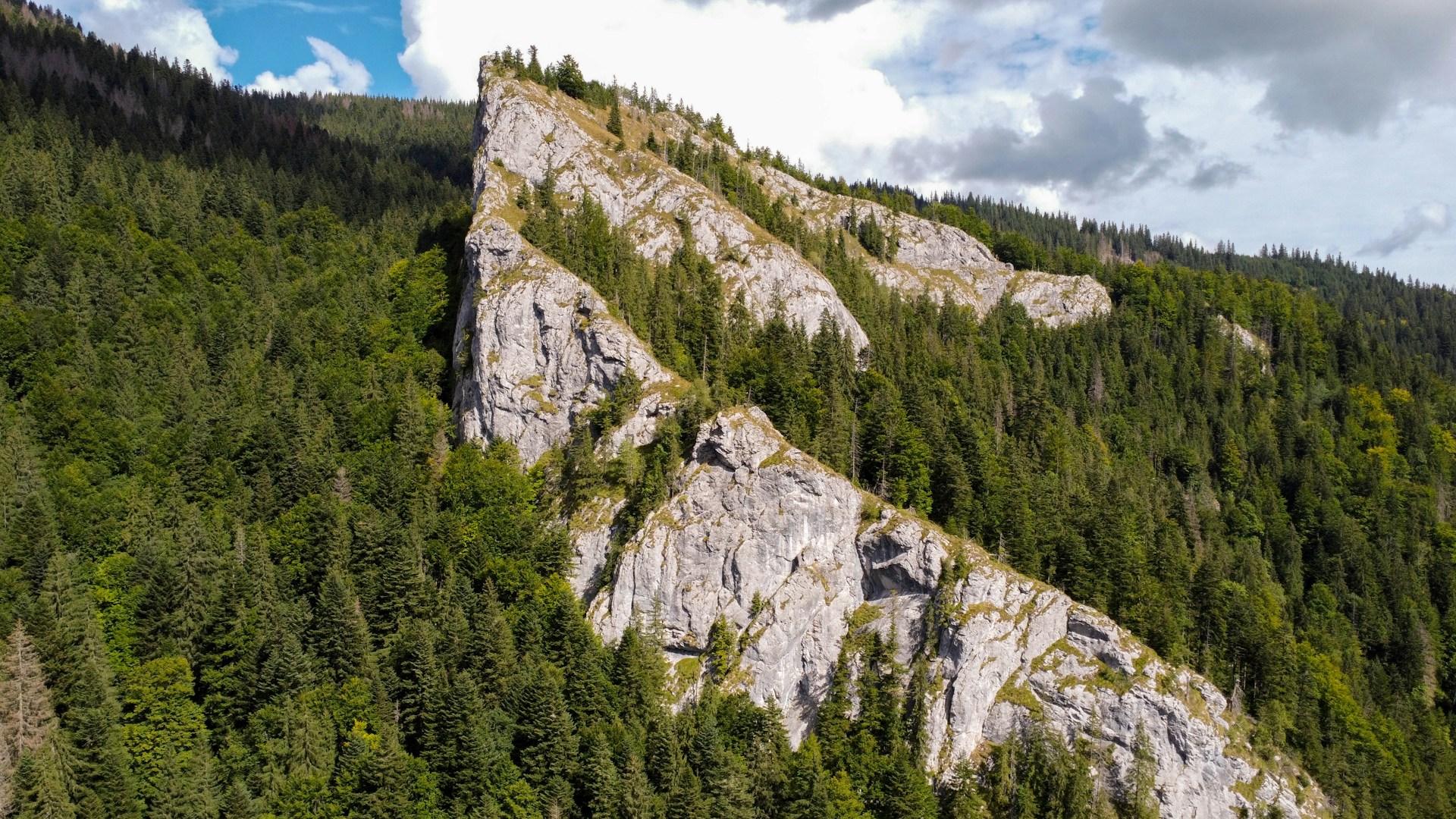
9. Rosia Montana Mining Landscape (2021, cultural)
One of Europe’s oldest mining sites, with Roman galleries, mining landscapes, and traditional settlement patterns reflecting over two millennia of mining heritage.
Planning Tips
- Transylvania is a hub for medieval architecture, castles, and fortified churches.
- For nature lovers, the Danube Delta and the Carpathian beech forests offer spectacular wildlife and hiking opportunities.
- Combine cultural and natural sites for a diverse itinerary — medieval towns in the morning, forest trails or delta boat trips in the afternoon.
Source: UNESCO World Heritage Centre. 30.09.2025.
By Nikola Stenka
Baltic Travel Company (all rights reserved)
This entry was posted on Tuesday, September 30th, 2025 at 2:43 pm; on the subject of Balkans, Romania, UNESCO.